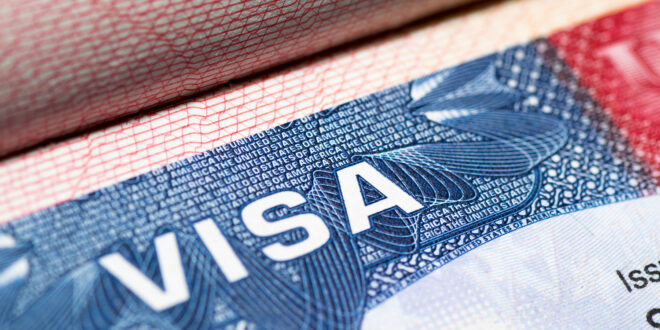Getting a U visa can be a complicated process, especially if you are not entirely sure what all of the different terms actually mean. If you do not have anybody there to walk you through the process or clearly explain things, it is easy to make assumptions or mistakes down the line.
It is important to understand what the acronyms EAD and BFD refer to when you are seeking a U visa. Even if you never need to use that knowledge for anything important, being informed can be extremely helpful if you need to get more involved in your U visa application.
What is BFD?
BFD refers to the U nonimmigrant Bona Fide Determination, a system that was meant to get around the huge backlog of U visa applications and the 10,000 applicants’ annual cap. This system allows an applicant to be granted Bona Fide status, which allows them to work within the United States while their visa petition is pending.
This also enables applicants to get a driver’s license or state ID, both of which can be important for several reasons. In other words, this gives them a bona fide acceptance for a set period and can be renewed regularly as long as they still meet all of the right requirements and standards.
This basically means that you can act as if your visa was accepted even though it is still pending. By earning BFD status, you can begin working without having to wait for the nonimmigrant visa to be fully processed first.
What is EAD?
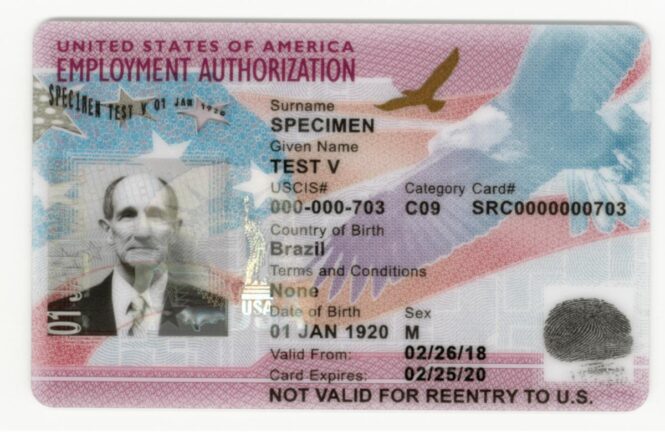
EAD refers to the Employment Authorisation Document, which is the document that allows the petitioner and their family to work in the United States. In simple terms, this is the document that a BFD decision grants you and serves as the basis of your time under that bona fide status.
Again, just like the BFD status, you may need to reapply if you want to retain the status long-term. However, this does allow you to work in the US even before your visa is accepted or has even begun proper processing yet.
How Important are BFD and EAD For U Visa Applicants?
If you have applied for a U visa but have not received it yet, then these acronyms are important. Pushing for BFD status can allow you to become established in the United States before your visa is processed normally, which can save a huge amount of time, considering how large the backlog is.
However, applying for BFD status is not easy, especially if you are not even sure where to begin. Working with services like Pro Se Pro is a good way to get things started since they can take charge of the situation and ensure that your application goes to the right place at the right time.
Whichever way you end up applying, being able to work and live in the US ahead of schedule can be extremely useful for any family. If you have the option to pursue BFD and an EAD, then it could be worth the effort.
Eligibility Criteria for BFD and EAD
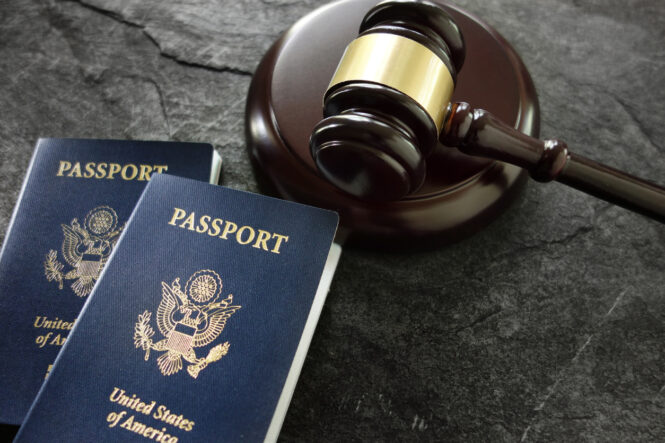
To qualify for BFD (Bona Fide Determination) and EAD (Employment Authorization Document) in your U visa application, certain eligibility criteria must be met. Typically, you must have a pending U visa petition. BFD eligibility may depend on demonstrating that your U visa application is bona fide, meaning it is genuine and not fraudulent.
EAD eligibility often follows BFD approval. You may need to show financial hardship or humanitarian reasons to obtain BFD status. Understanding these requirements is vital to determine if you qualify for BFD and EAD benefits while awaiting your U visa processing.
Processing Times for BFD and EAD
The processing times for BFD and EAD applications can vary. BFD processing time depends on the U.S. Citizenship and Immigration Services (USCIS) workload, but it generally takes several months. EAD processing times may also differ, and it’s crucial to check with USCIS for the latest updates.
It’s essential to prepare well in advance and be patient throughout the waiting period, as these times can change due to various factors, including the USCIS backlog and caseload. Staying informed about the current processing times can help you plan accordingly and manage your expectations during this phase of your U visa application.
Renewal Process for BFD and EAD
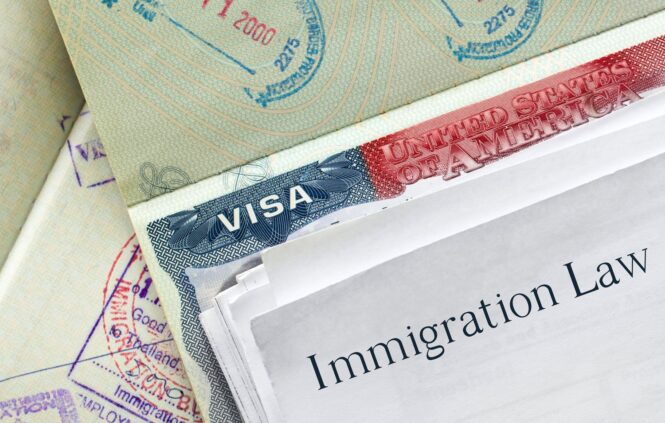
Renewing your BFD and EAD status is essential for maintaining your work authorization and other benefits. Typically, you may need to reapply to extend your BFD and EAD status before they expire. Ensure that you follow the USCIS guidelines and submit your renewal applications well in advance to avoid any gaps in your legal status.
Keep in mind that eligibility criteria may change for renewals, so it’s crucial to stay informed about any updates in the renewal process. By understanding and adhering to the renewal requirements, you can continue working and living in the United States while your U visa application remains pending.
Legal and Ethical Considerations
Navigating the BFD and EAD process involves legal and ethical considerations. It’s essential to ensure that your U visa application, BFD, and EAD applications are submitted accurately and truthfully. Any misrepresentation or fraudulent information could have serious consequences, including visa denial or legal penalties.
Additionally, maintaining ethical standards in your application process is crucial for a smooth and lawful experience. Avoid engaging in any activities that may compromise your U visa application’s integrity. Seeking legal advice or assistance from experienced professionals can help you navigate these legal and ethical complexities effectively, ensuring that you comply with all applicable laws and regulations.
Resources for Further Assistance
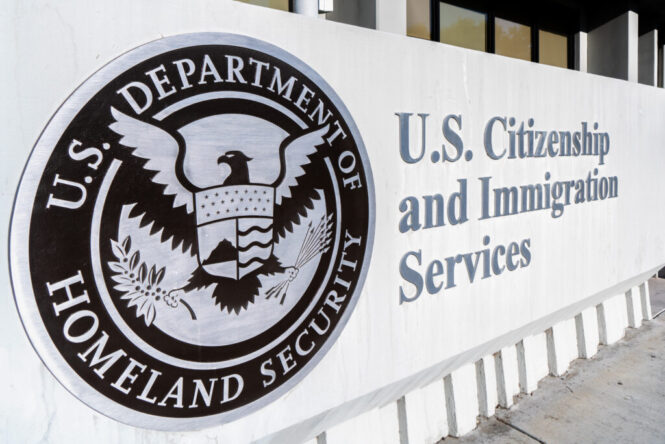
Seeking further assistance during your U visa application process is essential for a successful outcome. Various resources and organizations can provide guidance and support. Consider reaching out to immigration attorneys or nonprofit organizations specializing in immigrant rights and services.
They can offer legal advice, assistance with application paperwork, and help you understand your rights and responsibilities. Additionally, exploring online resources provided by government agencies like USCIS can provide valuable information and updates regarding the U visa application process. Collaborating with these resources and experts can significantly improve your chances of obtaining BFD, EAD, and ultimately, your U visa.
Summary
In conclusion, understanding BFD and EAD is crucial for U visa applicants. Meeting eligibility criteria, managing processing times, and navigating the renewal process are key steps in this complex journey. Legal and ethical considerations must be prioritized to ensure a smooth and lawful application process.
 Imagup General Magazine 2024
Imagup General Magazine 2024
